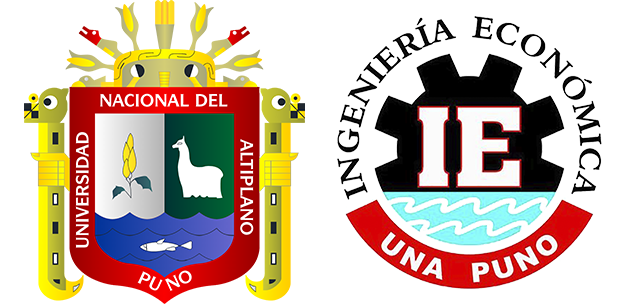Determinantes socioeconómicos del estado de salud de las personas en el Perú, 2016
DOI:
https://doi.org/10.26867/se.2018.v07i2.79Palabras clave:
Determinantes del estado de salud, modelo Logit, modelo de Grossman, variables socioeconómicasResumen
En esta investigación se analiza los factores que influyen en el estado de salud de los peruanos mediante modelos dicotómicos Logit y Probit, a partir de información proveniente de la Encuesta Nacional del Hogares del año 2016 referida a un conjunto de viviendas particulares y sus ocupantes residentes en el área urbana y rural del Perú. La información utilizada corresponde a los módulos de salud, educación, empleo e ingresos y características de los miembros del hogar, además se ha considerado únicamente los hogares con información completa para las variables indicadas. Siendo la salud un estado completo de bienestar físico, mental y social, es considerada un bien esencial para el bienestar general y satisfacción de las personas, además tiene relación con el mejoramiento del capital humano por lo que puede traducirse en incrementos de la productividad y disminución de gastos en salud debido a una enfermedad y una disminución en el ingreso nacional debido a la reducción de la productividad y la fuerza laboral, de este modo está relacionado con el crecimiento económico. Los resultados indican que la mejor estimación econométrica corresponde al modelo Logit en el que las variables ingreso, empleo y educación muestran una relación positiva con el estado de salud de las personas, mientras que las variables edad y sexo muestran una relación negativa, en tanto que los efectos marginales de mayor impacto son el empleo (20.9%), educación (8.3%) y sexo (-13.6%), estos resultados son concordantes con las investigaciones previas. Se concluye que el estado de salud aumenta con el ingreso, empleo y educación, disminuye con la edad y es diferente según el sexo.
















